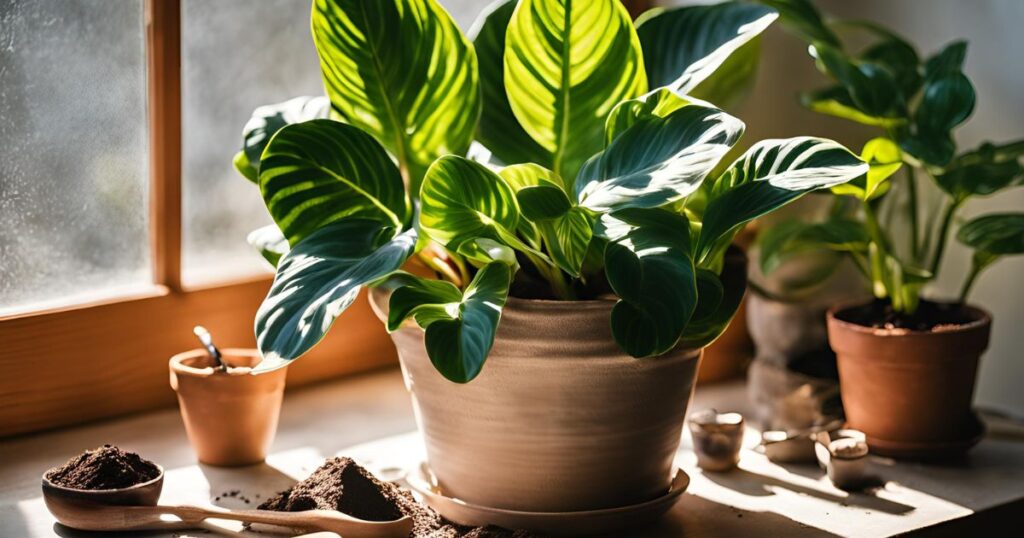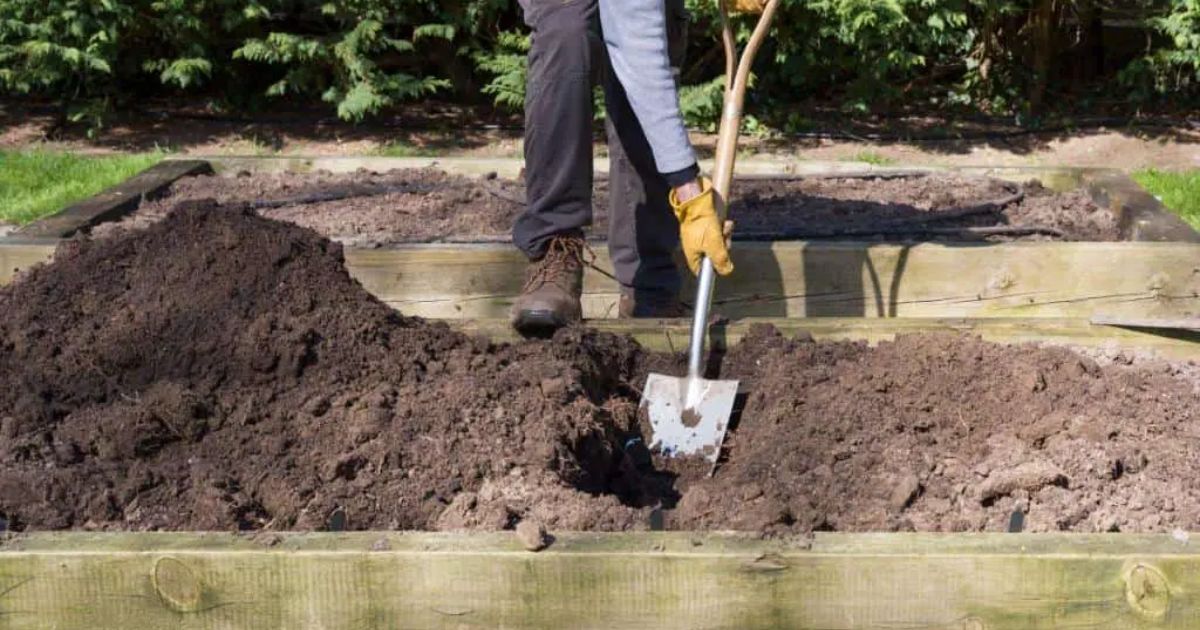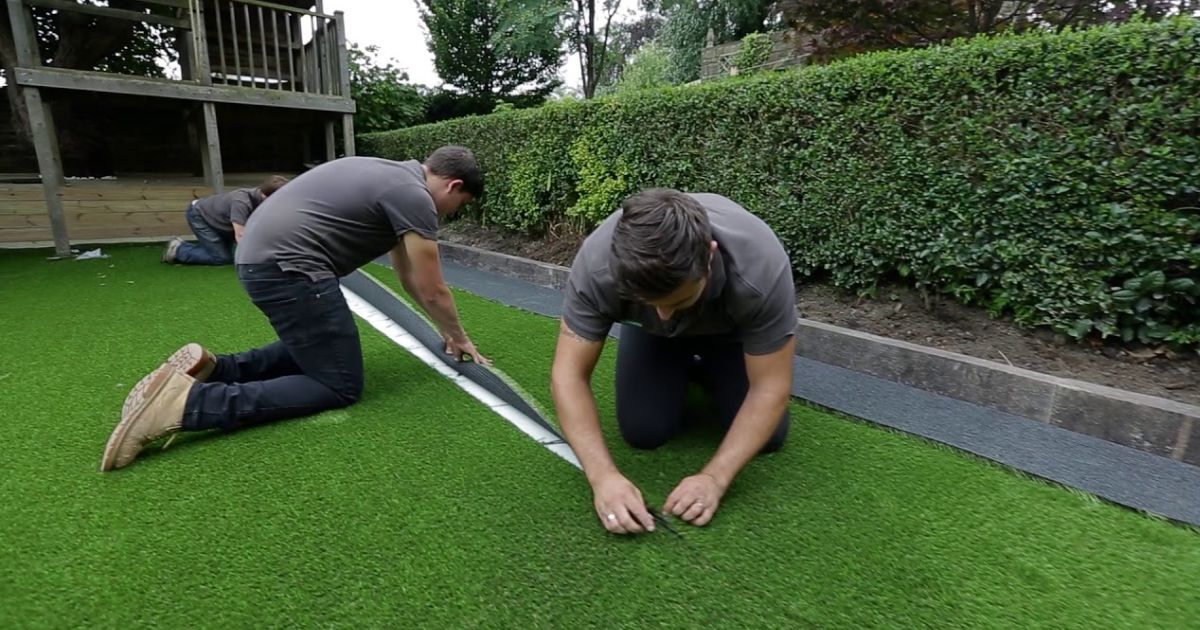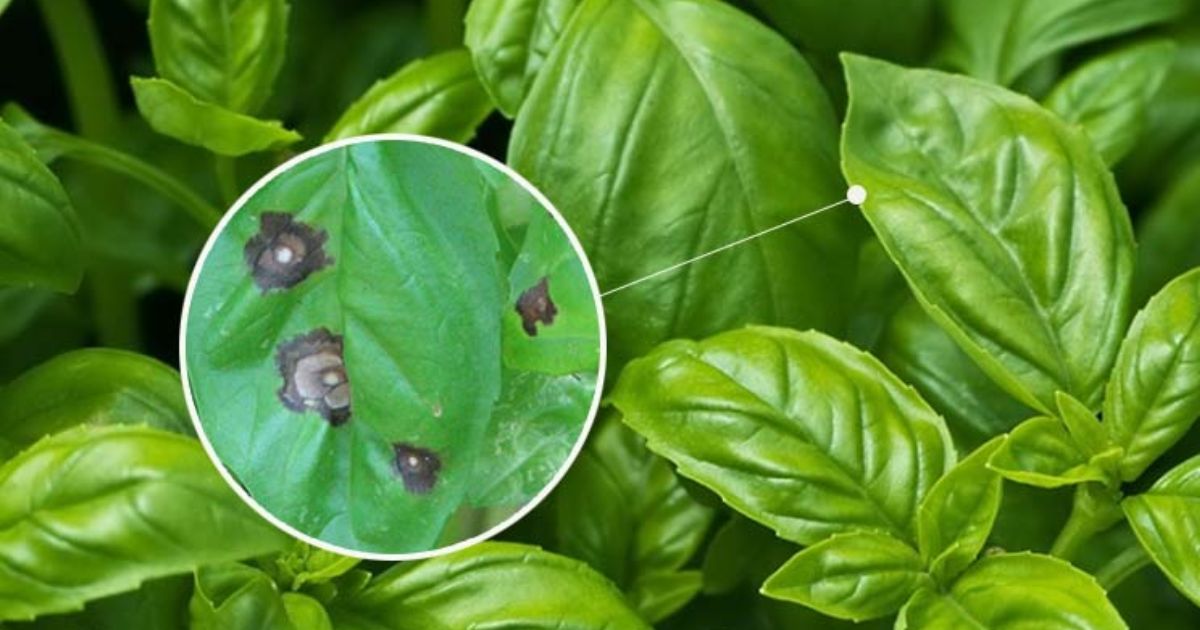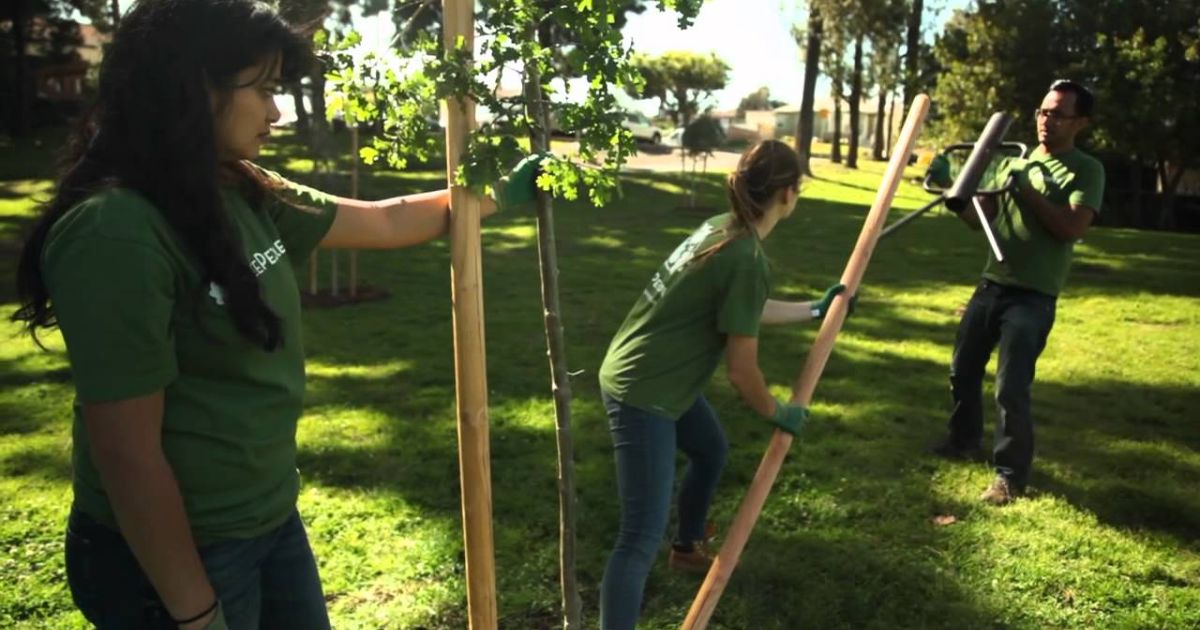Calatheas are among the most stunning indoor plants. They are admired for their vibrant, patterned leaves and unique ability to fold up at night, earning them the nickname “prayer plants.” However, these tropical beauties require more attention than your average houseplant. If you’re wondering how to grow Calathea indoors, you’ve come to the right place. With the right balance of light, humidity, and watering techniques, you can keep your Calathea thriving and maintain its lush, eye-catching foliage.
In this guide, we’ll share expert tips for lush foliage, covering everything from ideal growing conditions to common care mistakes to avoid. Whether you’re a novice or an experienced plant-lover looking to expand your indoor jungle, mastering Calathea care will reward you with healthy, vibrant leaves that make a striking addition to any space. Let’s dive into the essentials of keeping your Calathea happy indoors!
What is calathea
The tropical plant genus Calathea is renowned for its breathtaking decorative foliage. Native to the rainforests of Central and South America, Calatheas thrive in warm, humid environments with indirect light. These plants are popular as houseplants due to their vibrant and unique leaf patterns, often featuring bold stripes, spots, and contrasting colors like green, purple, and silver.One of Calathea’s most fascinating features is its “prayer plant” behavior. The leaves open and spread during the day to absorb light and fold upward at night, resembling praying hands. This movement is caused by a joint in the stem called a pulvinus, which reacts to light and darkness.
caring for calathea varieties include popular species like Calathea orbifolia, Calathea lancifolia (Rattlesnake Plant), and Calathea medallion, each with its distinctive leaf design. The No-Brainer Guide to Starting Seeds Indoors These plants are non-toxic to pets, making them an excellent choice for pet-friendly homes.Calatheas require consistent moisture, filtered water (as they can be sensitive to chemicals), and high humidity to thrive. They prefer well-draining soil and temperatures above 60°F (15°C). While a bit fussy in care, their beauty and movement make them a favorite among indoor plant lovers.
Types of Calathea Plants
Many beautiful Calathea plants, each known for its unique leaf patterns and colors. Here are some popular types:
- Calathea Medallion – Known for its large, round leaves with dark green tops and a medallion-like pattern in light green and white. The undersides are deep purple.
- Calathea Orbifolia – Features wide, round leaves with silver and green stripes. It has a more subtle, elegant appearance compared to other types.
- Calathea Lancifolia (Rattlesnake Plant) – Has long, narrow leaves with wavy edges and a spotted pattern. The underside is a rich purple.
- Calathea Roseopicta – Known for its striking contrast of dark green leaves with rose-pink markings and a purple underside.
- Calathea Makoyana (Peacock Plant) – Has feather-like patterns in shades of green that resemble a peacock’s tail feathers.
- Calathea Zebrina (Zebra Plant) – Displays velvety green leaves with bright lime-green stripes, similar to a zebra’s pattern.
- Calathea White Fusion—This variety features marbled white, green, and lavender leaves, making it one of the most colorful.
Each type has its own care needs but shares a love for humidity, indirect light, and soft water.
Choosing the Right Calathea Variety
Calatheas come in various stunning patterns and leaf shapes, making them popular for indoor plant enthusiasts. However, not all Calathea varieties have the exact care requirements. Choosing the right one for your space and experience level can makecaring for calathea these tropical beauties much easier. How to Grow Asparagus Ferns Here are some of the most popular indoor Calathea varieties to consider:
1. Calathea Orbifolia – Elegant Silver Stripes
If you’re looking for a statement plant, calathea marion Orbifolia is a fantastic choice. With its large, round leaves adorned with silver stripes, this variety adds a touch of elegance to any indoor setting. It requires high humidity and consistent moisture, making it slightly more challenging to maintain but worth the effort for its stunning foliage.
2. Calathea Medallion – Rich Green with Purple Undersides
One of the most common and easy-to-find Calathea varieties, the calathea plant care Medallion features dark green leaves with intricate light-green markings on top and deep purple undersides. It thrives in moderate indirect light and high humidity, making it an excellent option for those looking to add a bold, colorful plant to their indoor collection.
3. Calathea Makoyana (Peacock Plant) – Feather-Like Patterns
Nicknamed the Peacock Plant, prayer plant calathea Makoyana has delicate, feather-like markings in shades of green and cream, resembling a peacock’s plumage. This type may tolerate lower humidity levels than other Calatheas but prefers warm temperatures and consistent moisture.
4. Calathea Lancifolia (Rattlesnake Plant) – Wavy Leaves with Dark Spots
For those who love a plant with a bit of personality, the Calathea Lancifolia, also known as the Rattlesnake Plant, is a fantastic option. It features long, wavy leaves with dark green spots and deep purple undersides, giving it a unique, tropical look. This variety is slightly hardier than other Calatheas, making it a good choice for beginners looking to grow a calathea beauty star care with less Maintenance.
Which Calathea is Right for You?
When choosing a Calathea variety, consider your home’s humidity levels, lighting conditions, and how much time you can dedicate to plant care. If you’re a beginner, the Rattlesnake Plant or Medallion might be easier to manage, how to care for calathea? while Calathea Orbifolia is best suited for those who can provide high humidity and consistent moisture. No matter which variety you choose, providing the right environment will reward you with lush, healthy foliage that enhances your indoor space. what fruit can boost wetness?
Ideal Growing Conditions for Calathea Indoors
Creating the perfect environment for your caring for an calathea leopardina is essential to maintaining its vibrant foliage and overall health. Since these tropical plants originate from the understory of rainforests, they thrive in warm, humid, and shaded conditions. Below are the key factors to ensure optimal growth for your indoor calathea insignis.
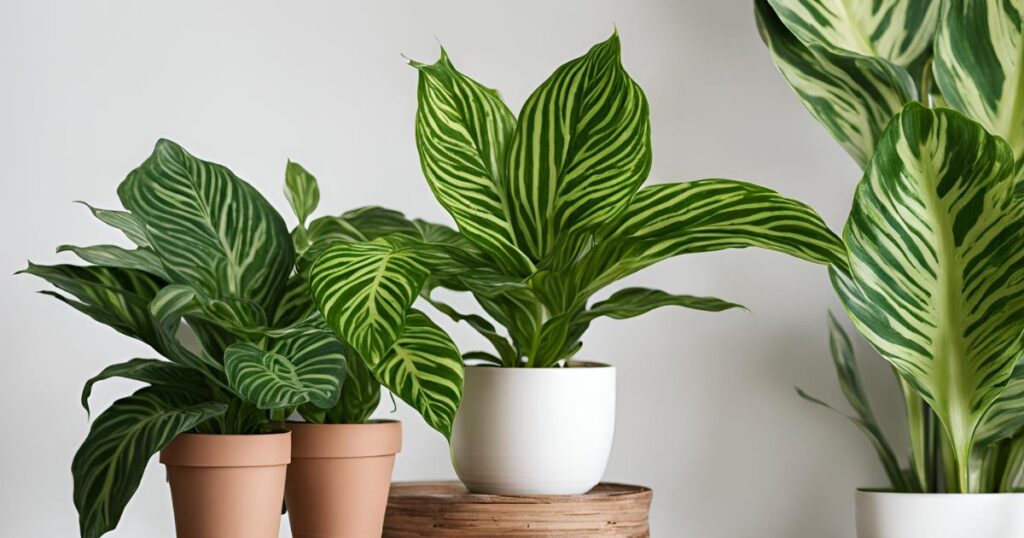
A. Light Requirements
Calatheas prefer bright, indirect light, mimicking the dappled sunlight they receive in their natural habitat. Direct sunlight can scorch their delicate leaves, causing them to fade or develop brown spots.
- Best Placement: Keep your calathea couture near an east- or north-facing window where it gets gentle morning light or filtered daylight throughout the day.
- Use Sheer Curtains: If placing near a bright south- or west-facing window, use sheer curtains to diffuse harsh sunlight.
- Low-Light Tolerance: Calatheas can tolerate lower light conditions but thrive best in moderate, diffused light rather than deep shade.
B. Temperature & Humidity
Calatheas are tropical plants That require warm temperatures and high humidity to flourish. Dry air or abrupt temperature changes can result in leaf curling, browning, or crisp edges.
- Ideal Temperature: 65-80°F (18-27°C) is perfect for Calatheas. Avoid exposure to cold drafts, air conditioning vents, or heating sources, which can cause stress.
- Maintain High Humidity: Since Calatheas need 50-60% humidity, consider these methods to keep moisture levels up:
- Use a Humidifier: The most effective way to maintain consistent humidity.
- Pebble Tray: Place a tray with water and rocks underneath the pot to create natural humidity.
- Misting: Light misting can help; however, be careful not to go overboard, as too much moisture on leaves can lead to fungal issues.
C. Best Soil for Calathea
Calatheas require well-draining, nutrient-rich soil that retains moisture without becoming soggy. A balanced mix provides the proper aeration and drainage to keep the roots healthy.
- Ideal Soil Mix:
- Peat-based potting soil – Retains moisture while remaining airy.
- Perlite – Improves drainage and prevents compaction.
- Orchid bark – Enhances aeration and mimics natural growing conditions.
- Drainage is Key: Always use a pot with drainage holes to prevent root rot. If using a decorative pot without drainage, place a nursery pot inside and remove excess Water after watering.
If you provide the right light, warmth, humidity, and soil, your calathea insignia will reward you with lush, vibrant foliage and a striking indoor presence. prayer plant calathea Proper care allows these tropical beauties to thrive in your home for years!
Watering Calathea the Right Way
One of the most essential parts of maintaining the health of your calthea plant is watering it properly. Finding the ideal balance is crucial because these tropical plants are susceptible to overwatering and underwatering. Here’s how to properly water your Calathea:
1. Check the Soil Before Watering
Instead of following a strict watering schedule, always check the moisture level in the soil first. Water your Calathea when the top 1-2 inches of soil dry. If the soil is still moist, wait a few more days before watering again.
2. Use the Right Type of Water
Calatheas are sensitive to tap Water, which frequently includes elements such as fluoride and chlorine that can cause leaf browning and crispy edges. To prevent this, use:
- Filtered or distilled Water – Removes harmful chemicals.
- Rainwater – Natural and ideal for tropical plants.
- Dechlorinated tap water – Let it sit for 24 hours before using it to allow chemicals to evaporate.
3. Avoid Overwatering – Prevent Root Rot
One frequent issue that might result in root rot is overwatering, causing yellowing leaves and a weak plant. To prevent this:
- Ensure the pot has drainage holes to remove excess Water.
- Use well-draining soil that retains moisture without becoming soggy.
- Never let your Calathea sit in standing Water – empty the saucer after watering.
4. Adjust Watering in Winter
Calathea’s growth slows during the colder months, requiring less frequent watering. Water less frequently, but make sure the soil doesn’t get dry. Keeping humidity levels high in winter will also help prevent dehydration.
Following these watering best practices, you can maintain lush, healthy Calathea foliage while avoiding common issues like leaf browning and root rot. Your calathea prayer plant will flourish if you give it the proper care and remain a stunning centerpiece in your indoor garden! The Best Indoor Cat Friendly House plants
Fertilizing for Healthy Growth
Proper fertilization is essential for keeping your Calathea vibrant and healthy. While these plants are not heavy feeders, they benefit from regular, balanced nutrition during the growing season. Here’s how to fertilize your Calathea the right way:
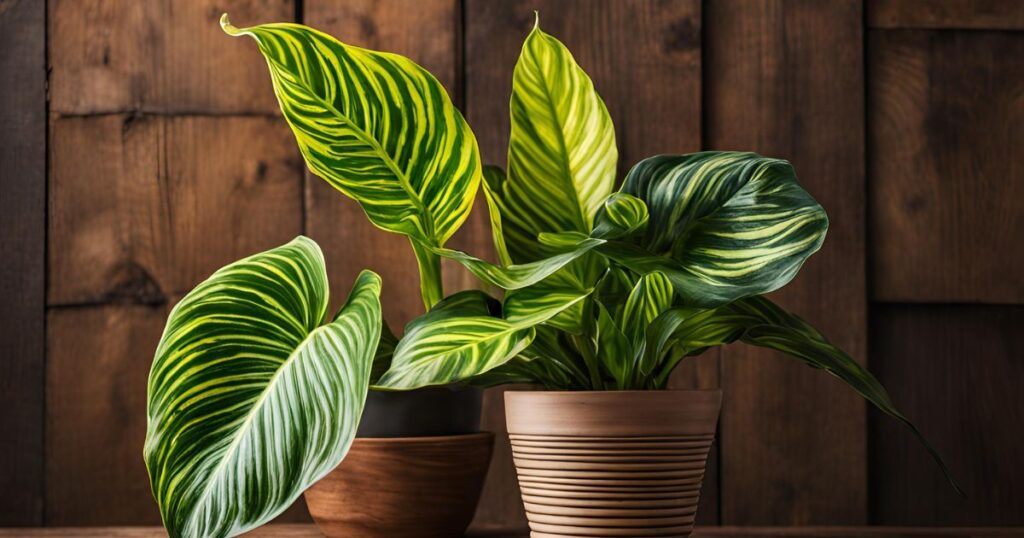
1. Use a Balanced Liquid Fertilizer
When Calatheas are actively growing, use a balanced liquid fertilizer to feed them in the spring and summer (such as a 10-10-10 or 20-20-20 formula) every 4-6 weeks. To prevent over-fertilization:
- Dilute the fertilizer to half-strength before applying.
- Before fertilizing, water the plant to avoid burns to the root.
2. Avoid Fertilizing in Winter
When temperatures drop and growth slows, calathea marion enter a semi-dormant state. Fertilizing during this period can accumulate soil salt, damaging roots, and leaves browning. Stop feeding in late fall and resume in early spring.
3. Organic Fertilizer Options
For a more natural and gentle nutrient boost, consider organic alternatives like:
- Compost tea – Provides essential micronutrients while promoting healthy soil.
- Worm castings – A slow-release organic option that enriches the soil without the risk of over-fertilization.
By fertilizing mindfully and seasonally, your Calathea will maintain lush, healthy foliage and thrive indoors. With the right balance of nutrients, your plant will reward you with rich colors and vibrant patterns all year long! how to store bare root strawberries
Pruning and Maintenance
Frequent upkeep and pruning are crucial to keeping your Calathea fresh and healthy. Proper care enhances its appearance and promotes more substantial growth and better air circulation. Here’s how to care for a calathea for lush, vibrant foliage:
1. Trim Yellowing or Damaged Leaves
Over time, some leaves may turn yellow, brown, or crispy due to age, underwatering, or environmental stress. To keep your plant thriving:
- Use clean, sharp scissors to trim damaged leaves at the base of the stem.
- Removing old or unhealthy foliage encourages new growth and prevents disease.
- If only the edges are brown, you can trim the affected areas without removing the entire leaf.
2. Keep Leaves Clean for Better Photosynthesis
Calathea’s broad, decorative leaves can collect dust, blocking sunlight and hindering photosynthesis. To keep them clean:
- Use a moist towel to gently wipe the leaves every 1-2 weeks to remove dust.
- Avoid using leaf shine products, as they can clog leaf pores.
- Light misting after cleaning can refresh the leaves and increase humidity.
3. Rotate the Plant for Even Growth
Calatheas naturally grow toward the light, which can cause uneven growth if left in the same position for too long. To maintain a balanced shape:
- To guarantee equitable distribution, rotate the pot every few weeks with light exposure.
- This helps the plant grow symmetrically and prevents one side from becoming leggy or sparse.
By pruning, cleaning, and rotating your Calathea regularly, you’ll keep it looking lush, vibrant, and healthy all year round. With these simple maintenance steps, your plant will remain a gorgeous complement to your interior area! is a banana a herb.
Common Problems and How to Fix Them
Even with the best care, Calatheas can sometimes develop leaf issues that indicate an underlying problem. Identifying these problems early and taking corrective action will keep your plant healthy and thriving. Here are some common calathea zebra problems and how to fix them:
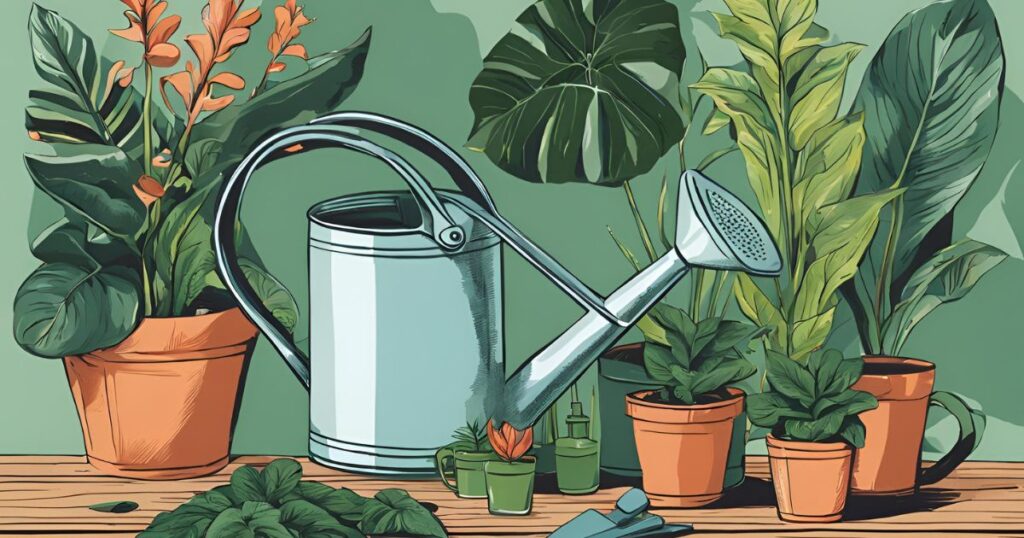
A. Brown Leaf Edges
Cause:
- Low humidity – Calatheas need high humidity (50-60%) to thrive.
- Hard Water – Tap Water with chlorine, fluoride, or minerals can damage the leaves.
- Over-fertilization – Excess fertilizer burns the leaf tips.
Solution:
✔️ Boost humidity: To add more moisture, use a misting, pebble tray, or humidifier.
✔️ Use filtered, distilled, or rainwater to prevent mineral buildup.
✔️ Cut back on fertilizer – Only feed your plant every 4-6 weeks in spring and summer.
B. Yellow Leaves
Cause:
- Overwatering – Consistently soggy soil can cause root rot and yellowing leaves.
- Poor drainage – The roots suffocate and decay if Water sits in the pot.
Solution:
✔️ Before watering, check the soil; only water until the top one to two inches feel dry.
✔️ Use a pot with drainage holes and a soil mixture that drains effectively to ensure proper drainage.
✔️ Trim yellow leaves to direct energy toward healthy new growth.
C. Curling Leaves
Cause:
- Underwatering – Dry soil can cause the leaves to curl inward to conserve moisture.
- Cold temperatures – Exposure to drafts or temperatures below 65°F (18°C) can stress the plant.
- Too much direct sunlight – Harsh sun scorches the leaves, causing curling.
By addressing these common problems promptly and correctly, your furry feather calathea care will stay healthy, vibrant, and full of lush foliage. With proper care, it will flourish as a lovely complement to your indoor landscape!
Propagation Tips
The best way to propagate a calathea zebra plant is through division during repotting. Unlike some houseplants that can grow from cuttings, Calatheas don’t root well from stem or leaf cuttings, so dividing is the most effective method. Carefully remove the plant from its pot to propagate it, and gently separate a healthy offshoot with its roots. Use clean, sharp scissors or your hands to divide the roots without causing damage. Plant the new division in fresh, well-draining soil, ensuring it stays moist but not soggy. The new plant should be placed in a warm, humid area with indirect light to help it establish quickly. With proper care, your new calanthea makoyana care will grow and thrive, adding even more beauty to your indoor space!
Conclusion
Growing a Calathea indoors can be an enriching experience. With the proper lighting, temperature, humidity, and watering practices, you can enjoy lush, vibrant foliage that adds a touch of tropical elegance to your home. Whether you’re a seasoned plant enthusiast or a beginner, following these expert tips will help ensure your Calathea thrives in its indoor environment. Remember to choose the right variety for your space, provide consistent care, and stay on top of common plant issues.
By following the simple guidelines on watering, fertilizing, pruning, and propagation, your calathea makoyana care will flourish and reward you with breathtakingly beautiful leaves that change with the seasons. With patience and attention, you’ll have a healthy, lush Calathea that will continue to enhance your indoor garden for years to come.
FAQ
1. How often should I water my Calathea?
Water your Calathea when the top 1-2 inches of soil dry. Be sure to use filtered or distilled Water to avoid mineral buildup. When the plant’s development slows down in the winter, water it less.
2. What’s the best lighting for a Calathea?
Calatheas prefer bright, indirect light. Their leaves can be scorched by direct sunshine, so keep them out of it. East- or north-facing windows with sheer curtains are ideal for optimal light without overwhelming the plant.
3. Why are the edges of my Calathea’s leaves turning brown?
Brown leaf edges are usually caused by low humidity, hard Water, or over-fertilization. To fix this, increase humidity with a humidifier or misting, use filtered Water, and reduce fertilizer usage.
4. Why are the leaves of my Calathea turning yellow?
Generally speaking, yellowing leaves indicate overwatering or inadequate drainage. To avoid waterlogging, make sure your pot has drainage holes and that the soil is allowed to dry out a little between waterings.

